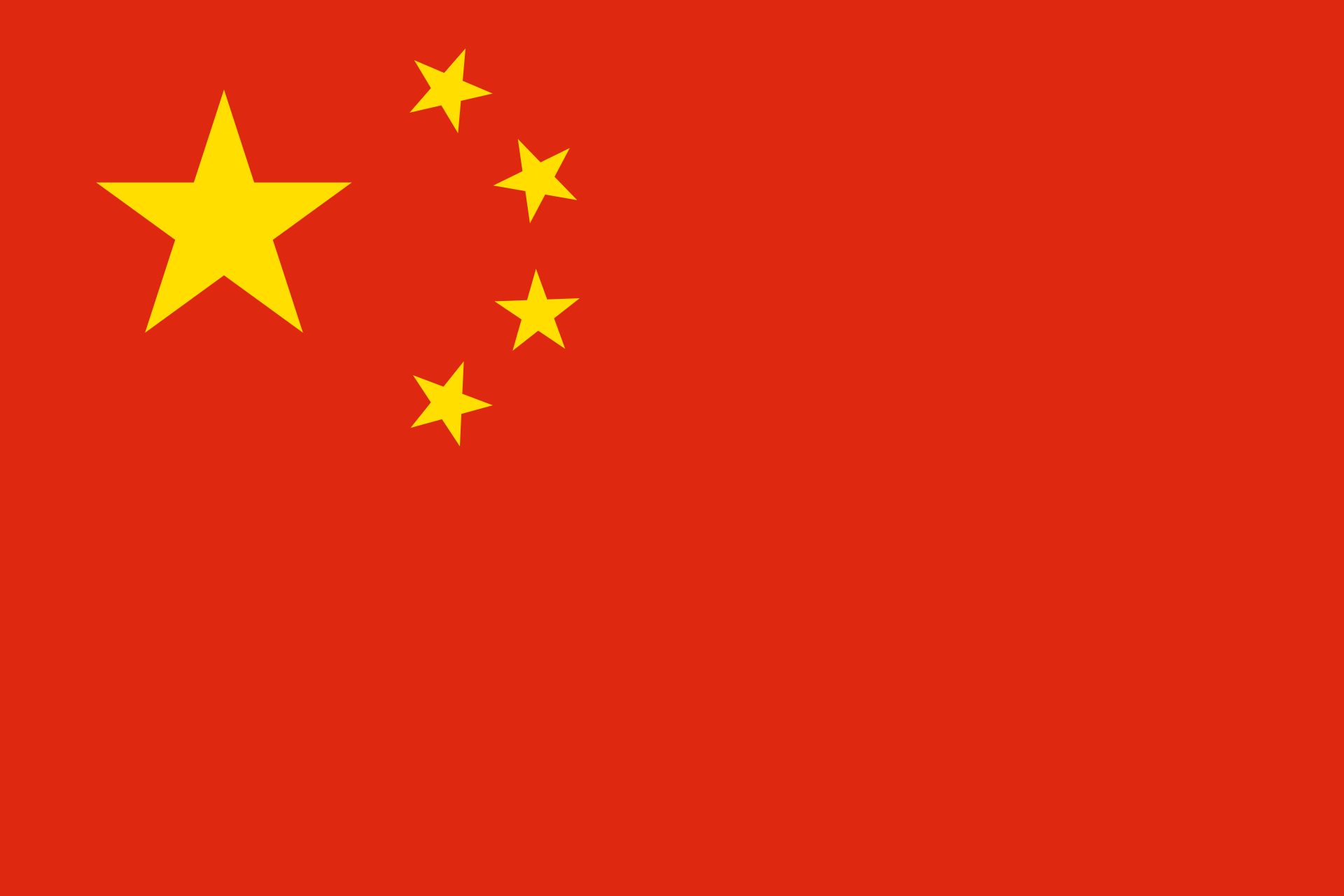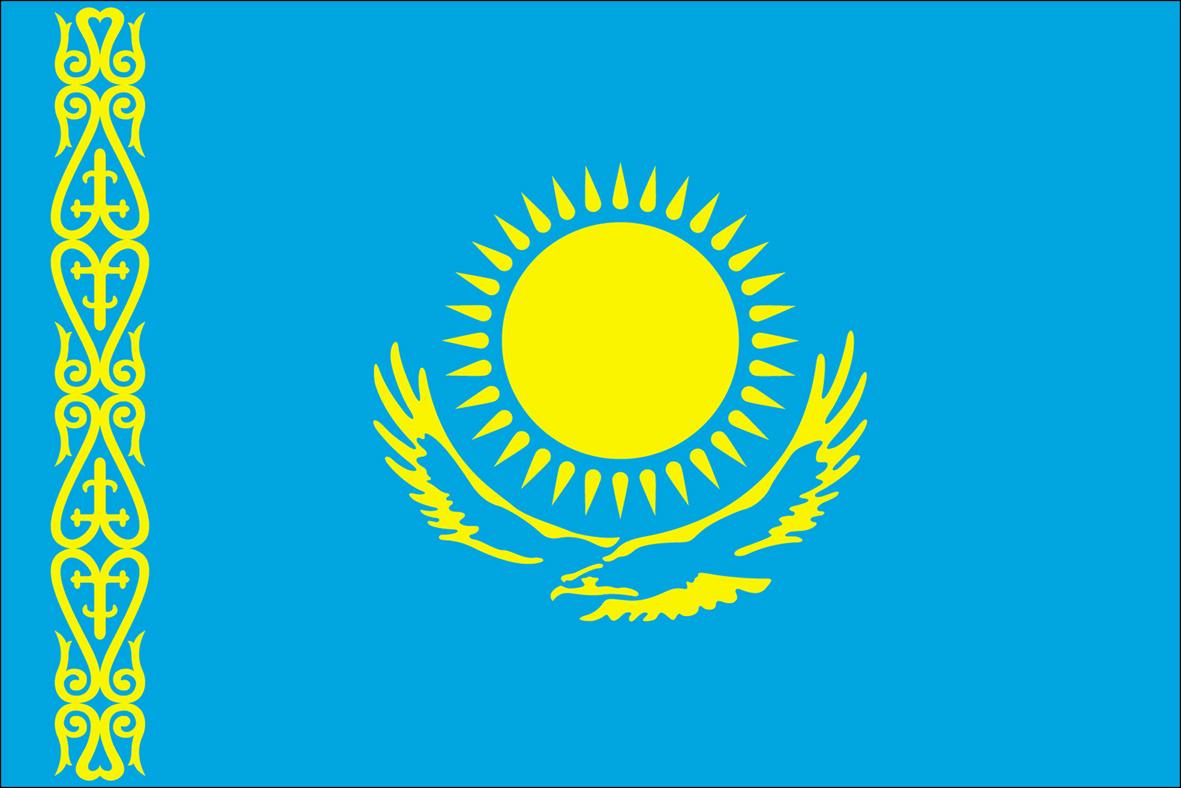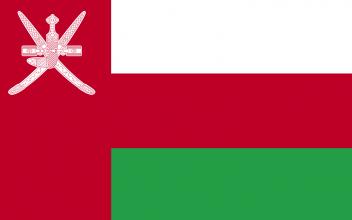Japanese art counts many illustrations of the life and death of Maya (“illusion”), the mother of the Buddha, which are very faithful to the Indian tradition. However, in one respect Japanese Buddhists chose an original path: even though Maya is generally not venerated by Buddhists, a temple devoted to the worship of Buddha’s mother was discovered on a mountain near Kobe. In this temple, a statue of Maya and inscriptions reveal that she was venerated there as a universal mother.
After the birth of Buddhism, the new religion quickly spread to large parts of Central, South and Southeast Asia. Lumbini, the birthplace of the Buddha, was a very important pilgrimage destination from the 3rd century BC onwards. A pillar with an inscription erected by the Mauryan Emperor Ashoka in 245 BC identifies the spot where the Buddha was born. Lumbini was densely populated and much visited until the early Middle Ages. However, the site was concealed by a forest from the fifteenth or sixteenth century onwards.
Since Buddhist monks used to travel with merchants, maritime trade relations between South and Southeast Asia played a major role for the expansion of Buddhism into the latter region. In mainland Southeast Asia, which entertained intense contact with Sri Lanka, Theravada Buddhism was predominant and survived even after the arrival of Islam and Christianity in the region led to the conversion of the biggest part of maritime Southeast Asia.
Malay was not only a lingua franca of trade in maritime Southeast Asia, but it also found its way into Javanese literature. In coastal towns in Indonesia, the contact between people from different ethnicities was particularly intense. The Sêrat Jayalêngkara, a Muslim book written in the East Javanese coastal area during the 18th century, contains speeches by two characters in oral Malay which indicate that the author of the work was bilingual.
The decorative arts and crafts in Kashmir, which was an important trading centre due to its strategic position on the land Silk Road, absorbed many foreign cultural influences. Kashmir’s history was marked by subsequent religious conversions. Following a Buddhist and a Hinduist period, Kashmir was ruled by Muslim Sultans who brought in artisans from other regions, for instance Central Asia. There were several stylistic changes and high points in the evolution of the decorative arts.
Maps and travel accounts bear witness to the importance of Sri Lankan harbour cities since antiquity. The port city of Manthai, for instance, already appears in Ptolemy’s world map from the 2nd century AD. In the 6th century AD, the Greek traveller Cosmas Indicopleustes described Manthai as a major centre of trade in the Indian Ocean. Adam’s Peak became a pilgrimage destination for Muslims such as Ibn Battuta, who evoked a number of Sri Lankan port cities.
Islam was introduced in Java by missionaries travelling along the maritime Silk Road. It was influenced by Sufism and integrated elements of earlier Indonesian beliefs. In coastal areas of Java, the encounter between local culture and foreign influences, which reached the area through overseas merchants, led to the emergence of new ornamental designs on artefacts and buildings. In mosques, tombs and palaces along the North Javanese coast, a large variety of ornamental designs were found, such as floral, animal and geometric patterns.
In Sindh, Pakistan, which is situated by the sea in the Indus Delta, boats have played a crucial role from prehistoric times. In order to navigate the sea, the river and the numerous lakes in Sindh, its inhabitants developed a large variety of boats with different shapes and structures over the centuries. When Arab and Persian merchants expanded maritime trade routes, Sindh became fully integrated in the inter-Asian trade network. Sindhian merchants also entertained independent commercial relations with East and Southeast Asia.
The French-born Dutchman Daniel Brochebourde and his descendants were key figures at the Siamese court during the late 17th and early 18th century AD. They worked as surgeons and translators for both the Dutch East India Company (VOC) and several successive kings of Siam, thus acting as a link between the Siamese and Dutch communities.
The study of Mongolia’s cultural ecology poses numerous difficulties, due to the size of the territory and the lack of archaeological and historical data. Cultural ecology analyses the interaction between humans and their environment, which is shaped by culture. It seems promising to apply a research strategy which uses tools from various disciplines. Remote sensing, for instance via satellite images, allows to examine physical and biological environments and detect traces of human activities.




